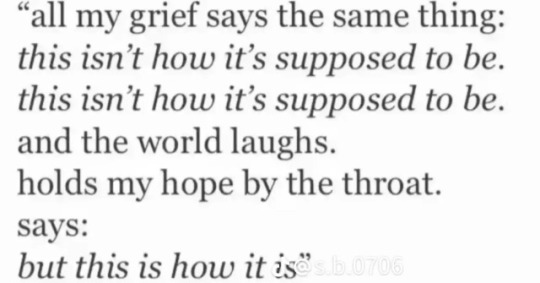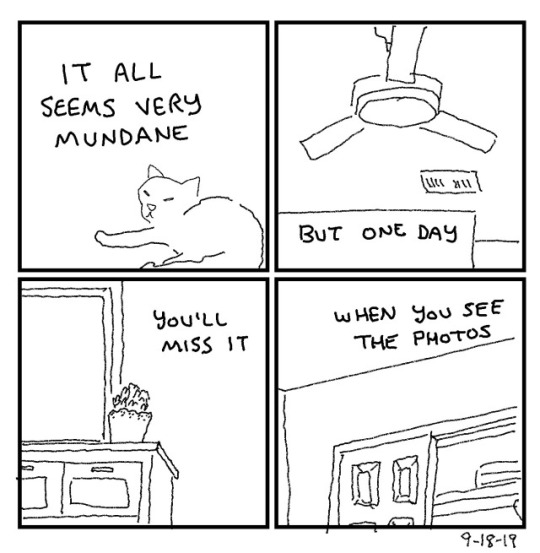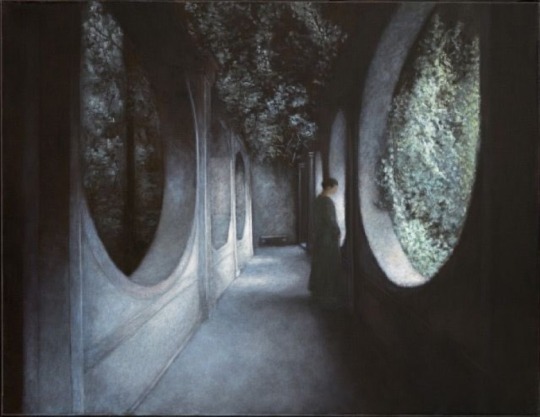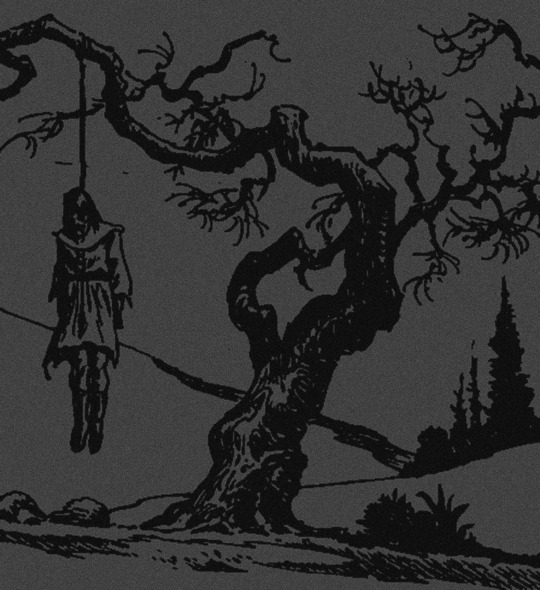Text

Marina Tsvetaeva, from The Selected Poems of Marina Tsvetaeva; "Epilogue,"
542 notes
·
View notes
Text

On May 1, 1947, Evelyn McHale, a 23-year-old woman, leapt to her death from the 86th-floor observation deck of the Empire State Building in New York City. Her death, immortalized by a haunting photograph, became one of the most iconic images of the 20th century and is often referred to as "the most beautiful suicide."
Evelyn McHale was born on September 20, 1923, in Berkeley, California. After her parents' divorce, she moved to Tuckahoe, New York, with her father and siblings. Evelyn joined the Women's Army Corps and was stationed in Jefferson City, Missouri, during World War II. After her service, she moved to New York City, where she worked as a bookkeeper at the Kitab Engraving Company.
Evelyn was engaged to Barry Rhodes, a college student and ex-GI who lived in Pennsylvania. The couple planned to marry, and by all accounts, their relationship appeared happy and stable. However, beneath the surface, Evelyn struggled with deep emotional turmoil.
On the morning of May 1, 1947, Evelyn visited Barry in Pennsylvania to celebrate his birthday. After returning to New York City, she went to the Empire State Building. She bought a ticket to the observation deck and, after spending a few moments there, climbed over the railing and jumped.
Evelyn's body landed on the roof of a United Nations limousine parked on 34th Street. Just minutes after her death, photography student Robert Wiles happened to be nearby and captured an eerily serene photograph of her body. In the image, Evelyn appears to be peacefully asleep, her legs crossed at the ankles, with one hand clutching her pearl necklace.
This photograph was published in Life magazine and quickly became famous. The haunting image, combined with the apparent calmness and beauty of Evelyn's repose, led to it being dubbed "the most beautiful suicide."
Evelyn left behind a suicide note, found in her purse at the observation deck. In it, she expressed her deep despair and requested that her body not be viewed or held in a public funeral. She wrote:
"I don’t want anyone in or out of my family to see any part of me. Could you destroy my body by cremation? I beg of you and my family – don’t have any service for me or remembrance for me. My fiancé asked me to marry him in June. I don’t think I would make a good wife for anybody. He is much better off without me. Tell my father, I have too many of my mother’s tendencies."
318 notes
·
View notes
Text




Charles Daubigny (1817–1878) - Gibet de Montfaucon
illustration from Victor Hugo's novel ‘Notre-Dame de Paris’, édition Perrotin, 1844
engraved by Adèle Laisné
source
2K notes
·
View notes
Text
“Where exactly do you put your hands on somebody who hurts everywhere?”
— Charles D’Ambrosio, The Dead Fish Museum: Stories
124K notes
·
View notes
Text
I think I'll be sad forever.
- late night thoughts -
281 notes
·
View notes
Text
82 notes
·
View notes
Text

Woo I’ve been posting a lot of art lately! I finally went back and finished this one because my head told me to be sad about Megaman again. Love that song and the album it’s on
34 notes
·
View notes
Text
“The feeling’s gone
There’s nothing left to lift me up
Back into the world i know”
4 notes
·
View notes
Text







"Suicide only really frightens those who are never tempted by it and never will be, for its darkness only welcomes those who are predestined to it...."
119 notes
·
View notes
Text





There's a lot to process here.
@.s.b.0706 // unknown // @.shhhhitsfine // @.sweatermuppet3.0 // kate baer, and yet: poems
547 notes
·
View notes
Text

Follower Jacques de Gheyn III - Allegory of the decline of painting, 1629.
118 notes
·
View notes



